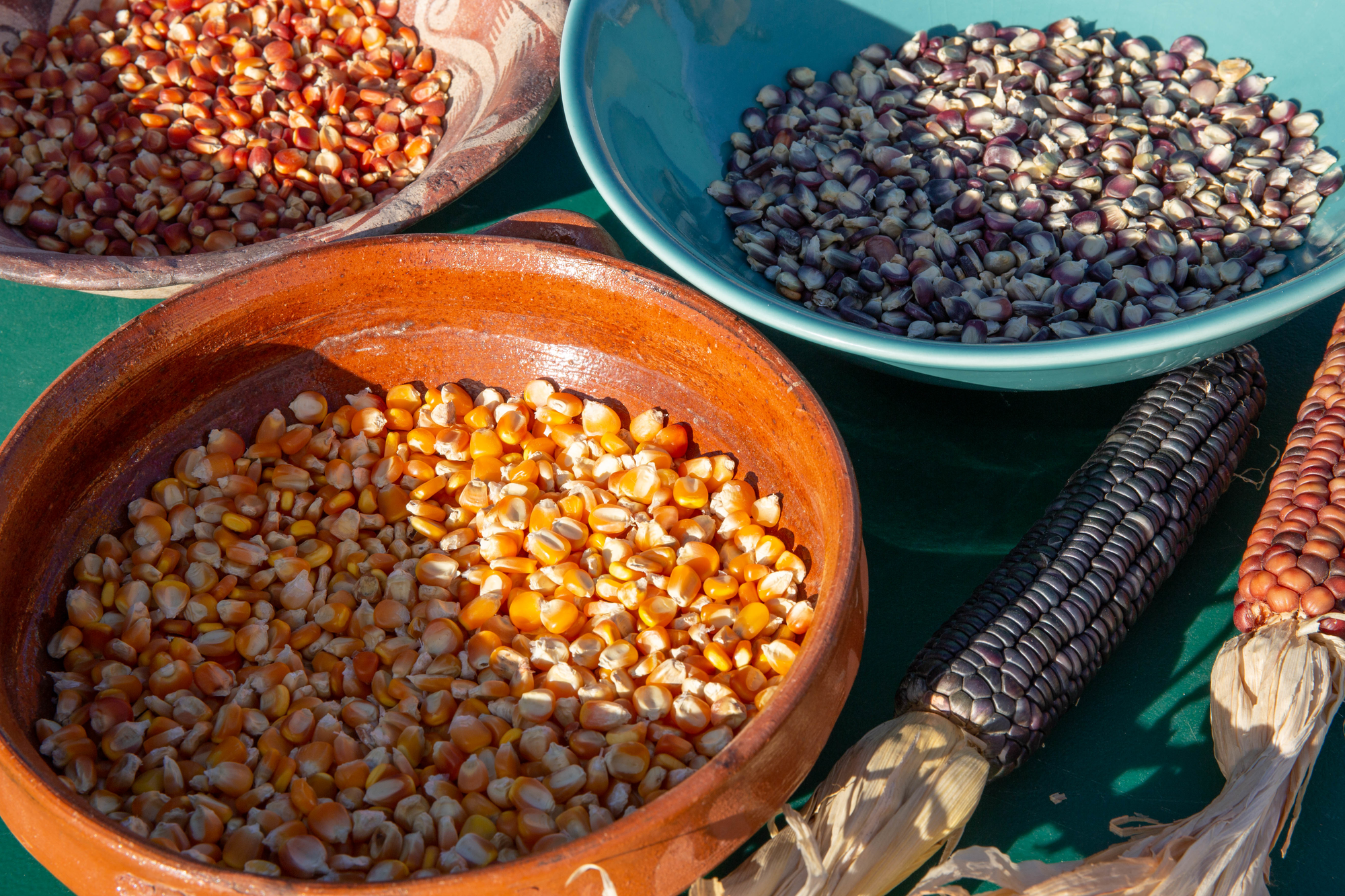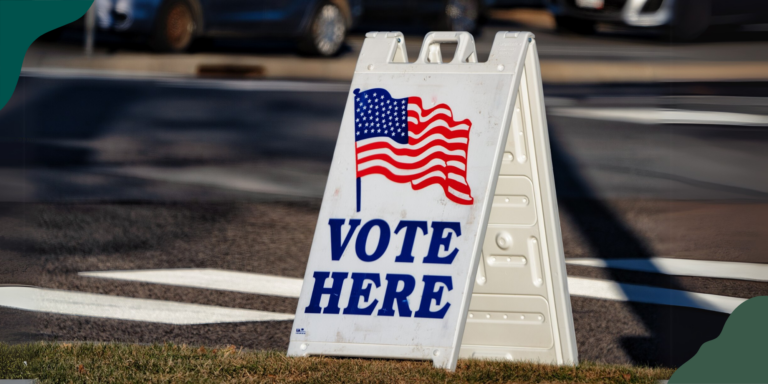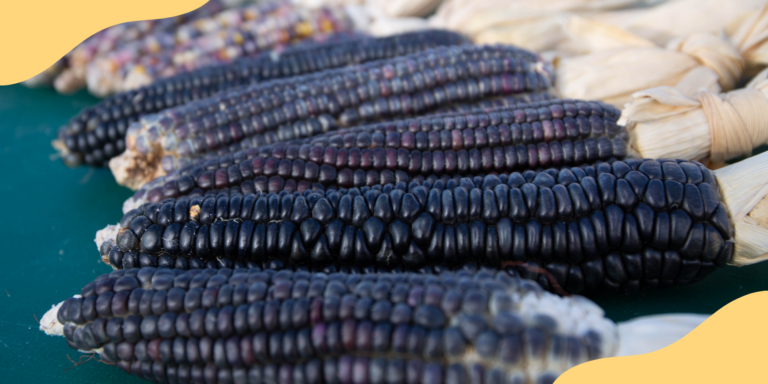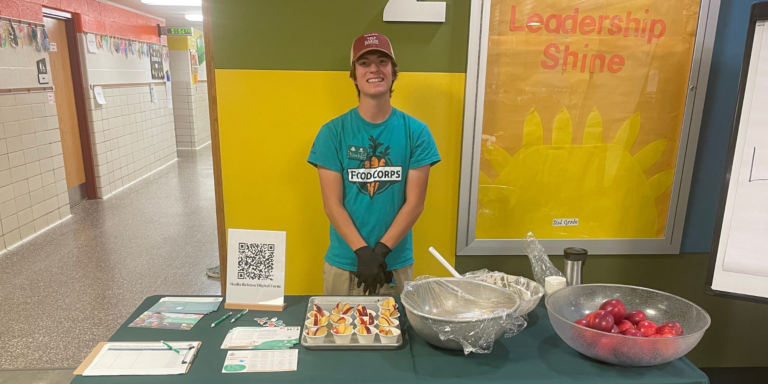Native American Heritage Month: 3 Ways to Honor Indigenous Cultures
Native American Heritage Month is both an important observance and a problematic time, writes Carrie Ann Back.
Native American Heritage Month is both an important observance and a problematic time, writes Carrie Ann Back.

Native American Heritage Month begins in November, a month when many people in the United States recognize Indigenous culture and celebrate Thanksgiving. While this heritage month has good intentions, for Native Americans it is far more complex. Thanksgiving is a grieving time for many Natives because of the various massacres that occurred exactly around this time frame.
This season begins with football season, with its racist mascots and team names, the celebration of Columbus Day and its glorification of colonization, and Halloween, with its inappropriate costumes. Holidays now are a painful reminder of a violent history that often gets erased, glossed over, and romanticized. For many Native Americans, this season’s holidays represent the genocide of millions of Native people, the theft of Native lands, forced relocations, and the many attempts to erase Native American culture.
At the same time, Native American Heritage Month aims to celebrate Indigenous peoples and honor the past of Native peoples throughout the United States. A designated month allows us to reflect on our collective history and honor the resilience and strength of Indigenous communities across North America. It provides an opportunity to educate Americans about our contributions and provides a contemporary representation of Native communities today.
While I applaud the good intentions behind this month, the unintended consequences, repercussions, and microaggressions that often follow are traumatic for some Native Americans. Here’s a look at some of the reasons why Native American Heritage Month is a complex holiday, and one we all should approach with greater sensitivity. This is my perspective as an enrolled Native American and proud enrolled Tribal member of the Cherokee Nation.
For many Native Americans, Thanksgiving Day is a reminder of the genocide of millions of their people, the theft of their lands, and the relentless assault on their cultures. While many of us are taught that the first Thanksgiving was a peaceful event, historical records and accounts more accurately describe the first Thanksgiving, which took place in 1621; Native Americans were not invited and the events that followed were hostile and deadly.
It wasn’t until after the formation of the United States that the narrative of a harmonious meeting between Pilgrims and Native Americans was created to justify westward expansion and Manifest Destiny. This is just one example of the many historical inaccuracies that show why reactions to this month can be complicated, complex, and painful. For many, Thanksgiving represents the beginning of the assimilation, forced relocation, and eradication of Native American culture after contact with European invaders.
Since 1970, Native Americans have gathered annually from coast to coast to observe the National Day of Mourning in lieu of the Thanksgiving holiday. This day of remembrance is a way to honor their Native ancestors and to grieve the genocide that took place. It’s also a protest to raise awareness of the racism and oppression that Native Americans continue to face today.
Much of what we are taught in schools about historic events that took place in November is inaccurate, untrue, or oversimplified. The false narrative continues today, when many classrooms across the country make headdresses out of construction paper and reenact Thanksgiving dinner. Sometimes Native Americans are viewed in classrooms as a people from the past — a vanished community that doesn’t exist, survive, and thrive in the present day.
While it may seem harmless to some, activities like this teach students the stereotype that we all wear the same regalia, lumping all Nations together, which makes it hard for students to recognize the diversity within our Tribal Nations. This gives the message that it’s acceptable to appropriate Indigenous culture. Ironically, some heritage month curriculum reinforces stereotypes instead of challenging them.
Unfortunately, generations of Americans have been taught a one-sided history in homes and schools. Most of us were taught in elementary schools about Thanksgiving centering on brave Pilgrims arriving with the help of friendly Natives and having a welcome dinner. Very few teachers have lessons about the accurate history of Indigenous peoples. It’s not until much later in life that we might be exposed to the horrific events that actually happened this month.
To be an ally during this month, it is not enough to be passively accepting of Native Americans and Indigenous peoples. To become an ally, non-Native peoples must actively engage in the decolonizing process alongside Native Peoples. Here are a few ideas for activities to add to your family traditions this year.
Learn About the Native American Nations and Tribes in Your Area
This month, allies can lessen the burden on Native Americans by “doing the work” on your own to research the history and culture of Native Americans. A good starting point would be using the Native Land app or website to learn whose land you are occupying. Although these maps are not exact, the website is a good tool for acknowledging and learning more about the Native history of your city, state, or country.
Just type in the name of your location to learn about the languages, the treaties, and the origins of the land you are currently on. Even though it doesn’t show the current boundaries of Tribal Nations today, you can use this information to research more about the nearly 600 federally recognized tribes in the United States. For more exact information about your location, visit the Native Land site to begin your research.
Celebrate and Recognize Our Existence Year-Round
Some Native Americans refuse to celebrate Thanksgiving, while others still celebrate the day with their loved ones as a practice for expressing gratitude. Personally, I haven’t abandoned the holiday altogether, I have just changed how I practice it. It’s possible to show the spirit of gratitude around this time in a way that doesn’t ignore the plight or existence of Native people.
While we remember Indigenous people this month, I’d encourage everyone to celebrate our history and cultures throughout the year. Learn year-round by watching Native American media, reading books by Indigenous authors, elevating Native American voices by supporting grassroots Native-led organizations and businesses, and by learning about our history and current lives throughout the year. After all, Indigenous Peoples are an essential part of the cultural fabric that makes up this nation, and we should be celebrated as such.
Incorporate Indigenous Foods in Your Traditions
As we commemorate Native American Heritage Month, we should celebrate Thanksgiving with recipes that are made from Indigenous foods: turkey, corn, beans, pumpkins, and wild rice, to name a few. For those unfamiliar with Native cultures, it’s an opportunity to learn about Indigenous foods, recipes, and cooking techniques as we enjoy native ingredients that still nourish us today. This is also a good time to brush up on the difference between appropriation and appreciation of cultures other than your own, and making sure you are not appropriating traditions in your preparations.
My wish is not to erase Native American Heritage Month, a time to learn about another culture and come together as friends and family to celebrate gratitude. I’m glad this month exists to pay tribute to Native Americans, the original inhabitants of this land. I’m not suggesting we do away with the month altogether. Instead, my hope is that people honor the real origins of the holidays during this month while simultaneously celebrating our resilience and triumphs today.

The Policy Brief, Fall 2024: After the Election

Food as Medicine: Teaching Indigenous Foodways

A Day in the Life: Noah Doederlein, School Nutrition Member